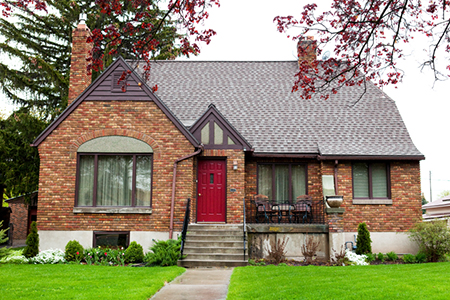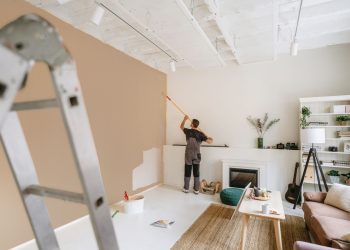 (TNS)—Brick homes have been a standard of quality in the building industry for years, but as newer home exterior products emerge, homeowners can now choose from a wide range of exterior materials.
(TNS)—Brick homes have been a standard of quality in the building industry for years, but as newer home exterior products emerge, homeowners can now choose from a wide range of exterior materials.
So, is brick the right choice for your home’s exterior?
Well, it’s certainly popular.
According to a study by the National Association of Home Builders, 34 percent of respondents ranked brick as their top choice for home exteriors, while vinyl siding came in at 21 percent, stone at 16 percent, stucco at 12 percent and wood at 7 percent. In fact, respondents said they were willing to pay an additional $7,500 for brick.
If you’re unsure about brick — regardless if you’re searching for a home or building new — consider the pros and cons of brick exteriors.
What are the benefits of brick?
Aside from its popularity, there are other positive aspects of choosing brick.
Low-maintenance: Brick itself is a relatively low-maintenance building material, thanks to its durability and color retention.
Unlike vinyl siding or wood, it won’t rot or dent and doesn’t need to be painted after installation.
Eco-friendly: Brick is made from some of the most abundant materials on earth — clay and shale.
Bricks can also be repurposed for landscaping projects, such as retaining walls or walking paths, ground up for sub-base materials or chipped into smaller pieces for permanent landscaping mulch.
Weather and fire resistance: Bricks are noncombustible and don’t aid in the spread of fire. They can even help contain a fire to a particular room or portion of a house.
Bricks also add an extra layer of storm protection. Studies have shown how brick exteriors can withstand impact from flying debris at far greater wind speeds than other common exterior materials.
Due to these safety features, many insurance companies offer lower homeowners insurance rates for homes with brick exteriors.
What’s the downside of using brick?
Brick is more expensive: Bricks tend to be more expensive than other exterior products, such as vinyl siding.
According to the Brick Industry Association, a 2,500-square-foot brick home typically costs 6 to 7 percent more than vinyl.
Color limitations: Bricks come in a variety of colors, depending on their composition and the temperature at which they were made, but choices are limited compared to siding or stucco.
True, brick can be painted, but it’s often painstaking process because each groove and side of a brick has to be covered, says Stephen Popov, managing partner of The Painting Penguin in Norcross, Ga.
It’s easy to miss spots with the paint if you choose to paint the brick yourself, he adds.
Repointing: While bricks are highly durable, the mortar used to attach them together (pointing) can be more troublesome.
Pointing can wear out over time due to exposure to the elements, especially when installed improperly. Repointing may be needed over time to replace the mortar and ensure the integrity of your brick structure.
Jason Hargraves is a reporter at Angie’s List.
©2016 Angie’s List
Distributed by Tribune Content Agency, LLC.










